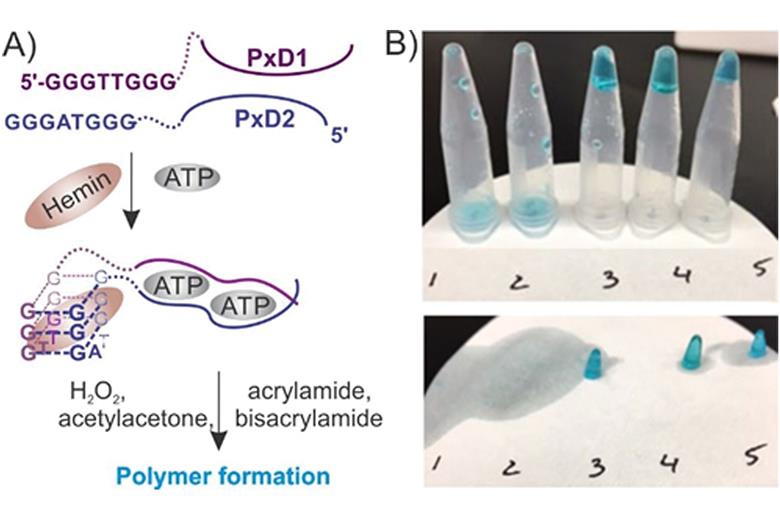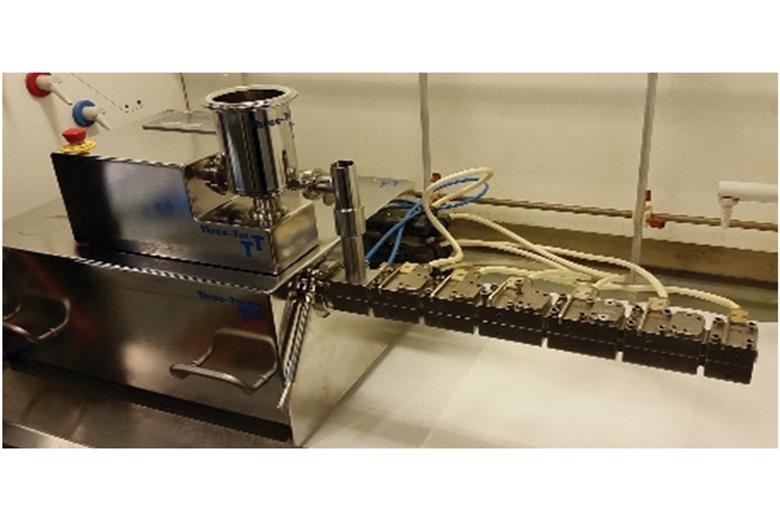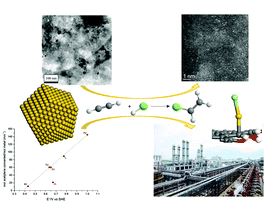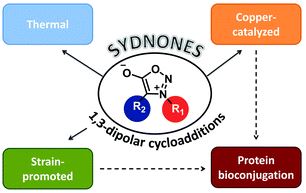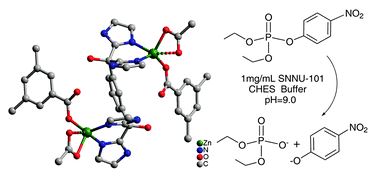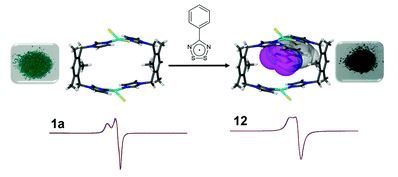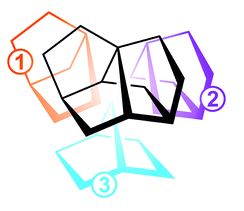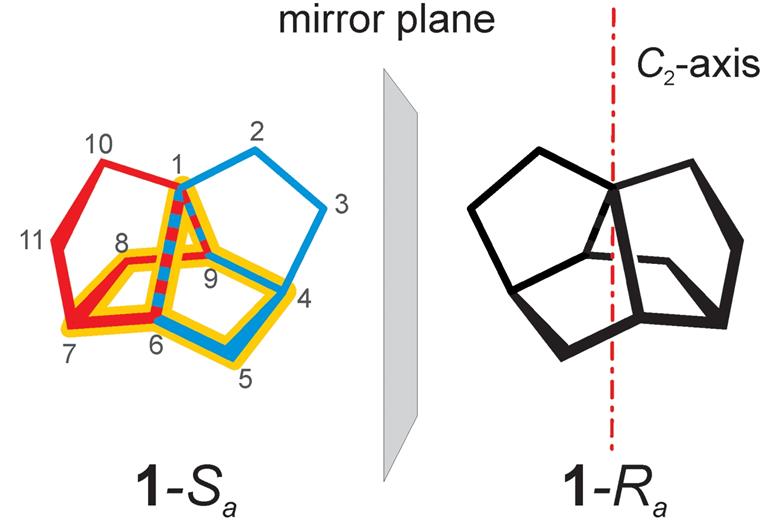All of the referee-recommended articles below are free to access until 13th December 2017.
Boron–nitrogen main chain analogues of polystyrene: poly(B-aryl)aminoboranes via catalytic dehydrocoupling
Diego A. Resendiz-Lara, Naomi E. Stubbs, Marius I. Arz, Natalie E. Pridmore, Hazel A. Sparkes and Ian Manners
Chem. Commun., 2017,53, 11701-11704
DOI: 10.1039/C7CC07331C, Communication

____________________________________________________
Photosensitised regioselective [2+2]-cycloaddition of cinnamates and related alkenes
Santosh K. Pagire, Asik Hossain, Lukas Traub, Sabine Kerresa and Oliver Reiser
Chem. Commun., 2017,53, 12072-12075
DOI: 10.1039/C7CC06710K, Communication
 ____________________________________________________
____________________________________________________
Acid-etched Layered Double Hydroxides with Rich Defects for Enhancing the Oxygen Evolution Reaction
Peng Zhou, Yanyong Wang, Chao Xie, Chen Chen, Hanwen Liu, Ru Chen, Jia Huo and Shuangyin Wang
Chem. Commun., 2017,53, 11778-11781
DOI: 10.1039/C7CC07186H, Communication
 ____________________________________________________
____________________________________________________
Selenoureas for anion binding as molecular logic gates
Arianna Casula, Paloma Begines, Alexandre Bettoschi, Josè G. Fernandez-Bolaños, Francesco Isaia, Vito Lippolis, Óscar López, Giacomo Picci, M. Andrea Scorciapino and Claudia Caltagirone
Chem. Commun., 2017,53, 11869-11872
DOI: 10.1039/C7CC07148E, Communcation
This article is part of the themed collection: Chemosensors and Molecular Logic
 ____________________________________________________
____________________________________________________
Neutron spectroscopy as a tool in catalytic science
Alexander J. O’Malley, Stewart F. Parker and C. Richard A. Catlow
Chem. Commun., 2017,53, 12164-12176
DOI: 10.1039/C7CC05982E, Feature Article
This article is part of the themed collection: Commemorating Michael Faraday (1791-1867)
 ____________________________________________________
____________________________________________________
D-Serine enzymatic metabolism induced formation of a powder-remoldable PAAM–CS hydrogel
Shuang Zhang, Qingcong Wei, Yinghui Shang, Qi Zhang and Qigang Wang
Chem. Commun., 2017, Advance Article
DOI: 10.1039/C7CC06733J, Communication













